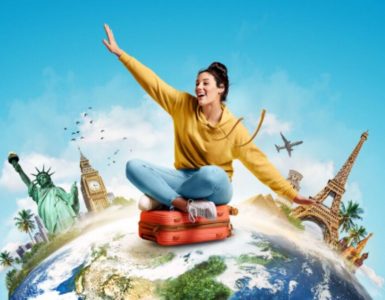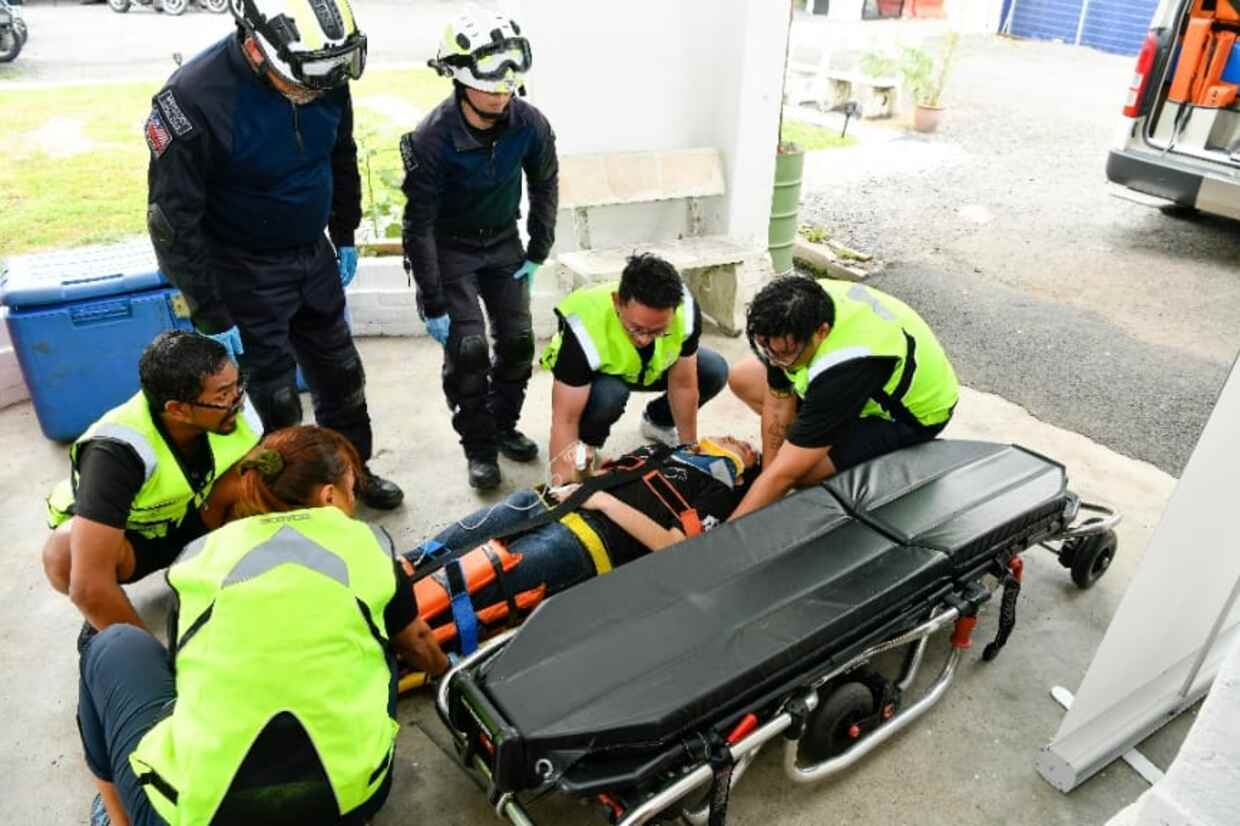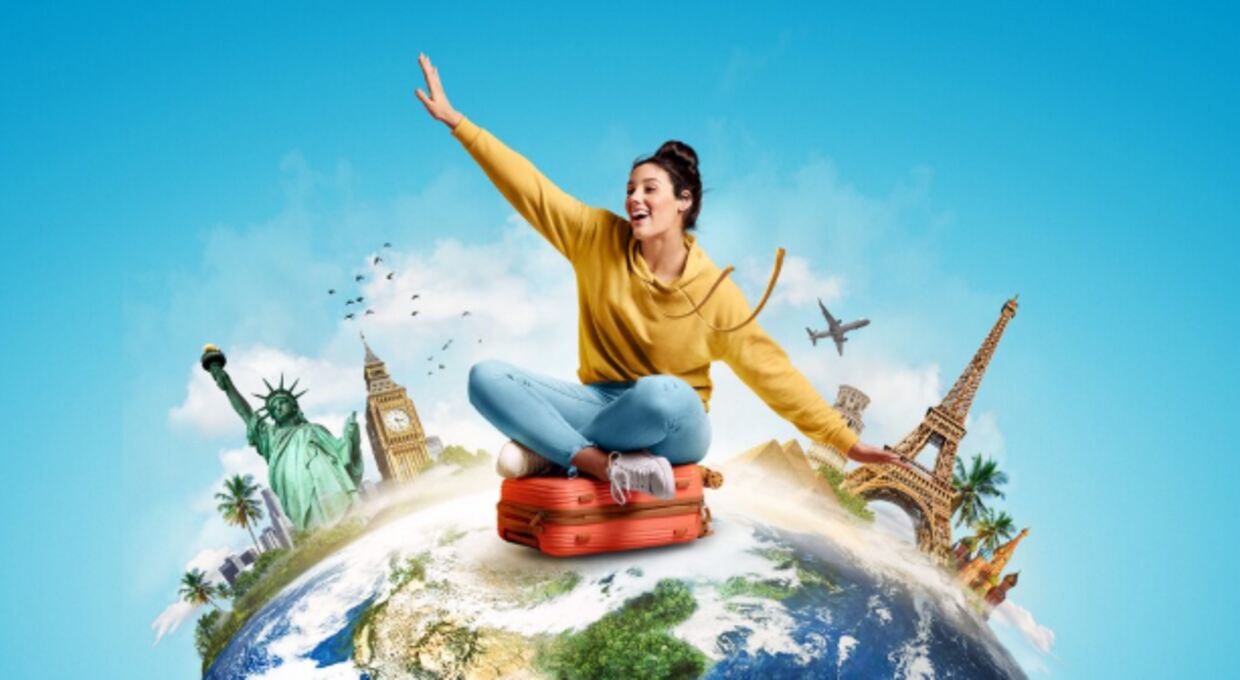Kolam is a form of painting that is drawn using rice powder. A Kolam is a geometrical line drawing composed of curved loops, drawn around a grid pattern of dots. In South India, the girls of a family get together and draw Kolams in front of their homes.
This year, the shopping malls around Kuala Lumpur invested generously in the creation of large beautiful and mesmerising Kolams.
Citizen Journalist, KS Tan, captures the colours and festive spirits of this year’s festival of lights.




















